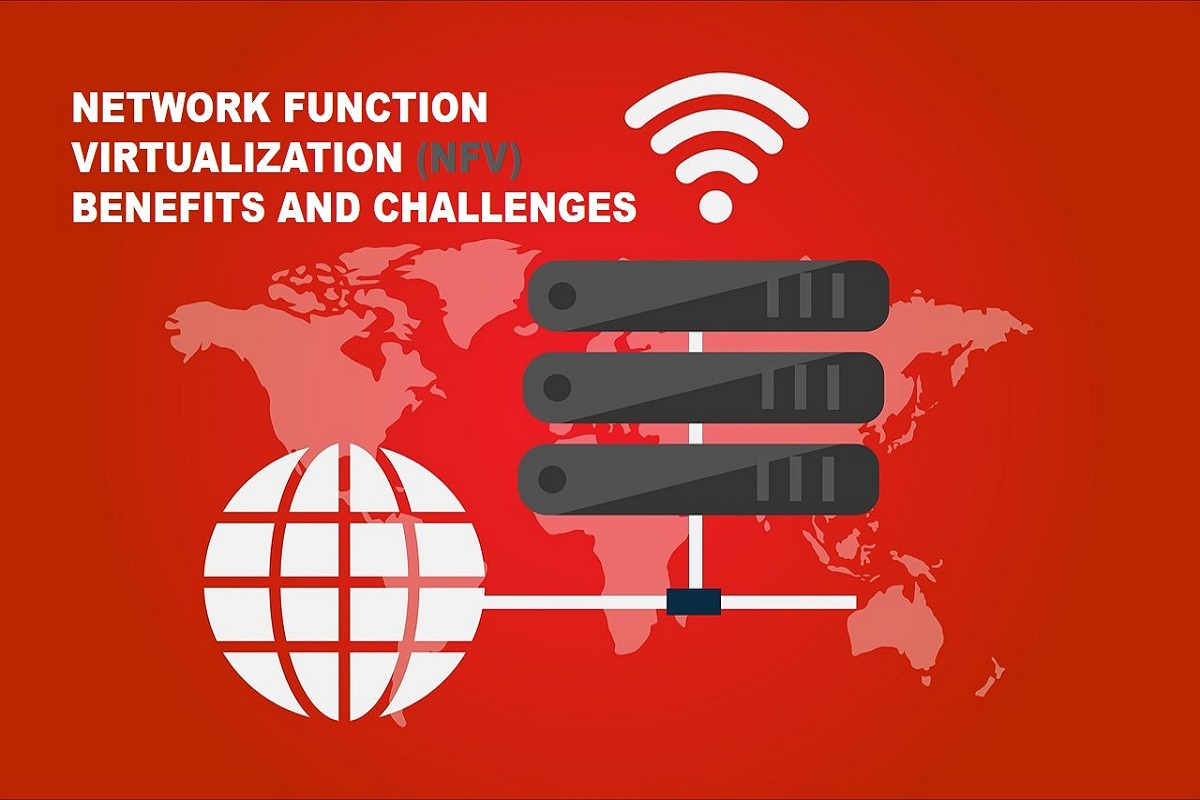Network Functions Virtualization (NFV) has emerged as one of the most essential and vital elements in the development of telecommunications networks. The need for operators to be more agile in their maneuvers to offer new services has forced the search for a mechanism to achieve such agility at sustainable costs.
The IT world has been the model for the arrival of NFV. However, in such an environment, reliability and security may not need the strict limits imposed by network operators. Therefore, the entry of NFV to the world of telecommunications requires a specific development to accommodate the service and operation. Which guarantee needs traditionally associated with this type of operations (carrier grade).
This article will offer a vision of why NFV emerges, what are its benefits and its current challenges. An attempt will be made to determine when the operators will begin to materialize their NFV strategies. And what parts of their infrastructure, taking into account the costs of the traditional architecture. A first step to understanding what this new network development scheme is about, which will be implemented in a hybrid way in current networks.
Network Functions Virtualization (NFV) Benefits and Challenges:

The concept of network architecture applied to IT virtualization processes, the NFV, for its acronym in English Network Functions Virtualization, or Virtualization of Network Functions. Which arises as a response to the need to accelerate the implementation processes of new services of the net. Hardware-based devices presented various restrictions in the application of new technologies, especially those related to virtualization processes; so the NFV is developed as a way to ensure greater agility and flexibility.
It can be applied to different functions of the network nodes, creating multiple connections that allow the establishment of more efficient communication. Therefore, this technology enables the development of projects, implementations and new models of network service management.
To do this, it separates its functions, differentiating NAT, Firewall, DNS, cache, intrusion detection and other network elements from the hardware-owning device, making it possible to execute it using the software. In simpler terms, it looks for the replacement of specialized and too expensive hardware devices by software devices that run on virtual machines.
The network depends on a series of components that can support a virtualized infrastructure, including virtual servers, storage, and in some cases, other networks. The NFV, through standard IT technologies, allows this support to be offered in a consolidated and secure manner.
It mainly uses high-capacity servers, switches and storage hardware, transporting network functions to the new digital environment. One of the main benefits of this design is the fact that it can be applied to any processing data plan or control plan function. Regardless of whether they are wired or wireless networks. In this way, we can understand the NFV as one or more virtual machines in charge of executing various processes and programs, replacing the specialized network devices, and allowing the infrastructures to be built using cloud computing.
Among the applications of NFV technologies stands out the possibility of being applied in the CPE (Customer Premises Equipment). And through it it is possible to know when it is necessary, add, delete or update the functions of CPE without the need to serve each client individually. Which reduces service costs. It is because, with the complementation offered by the NFV, the functions are transferred from the service provider to all the CPEs. So that each of these stages of the configuration of features is performed automatically from the moment they change the system. Of the service provider.
Therefore, offering network architecture services that are inserted in the NFV concept means increasing the productivity of your customers, reducing costs and providing greater flexibility to the process.
Related Articles:
Kamran Sharief
Related posts
Sidebar
Recent Posts
An Inside Look Of Paraulogic
Introduction Welcome to the exciting world of Paraulogic! Are you ready to dive into a linguistic adventure and put your…
Empowering Artists with Cryptocurrency: A Guide to Selling Art Using NFTs
In the ever-evolving landscape of the art world, artists are constantly seeking innovative ways to showcase and monetize their creations….



